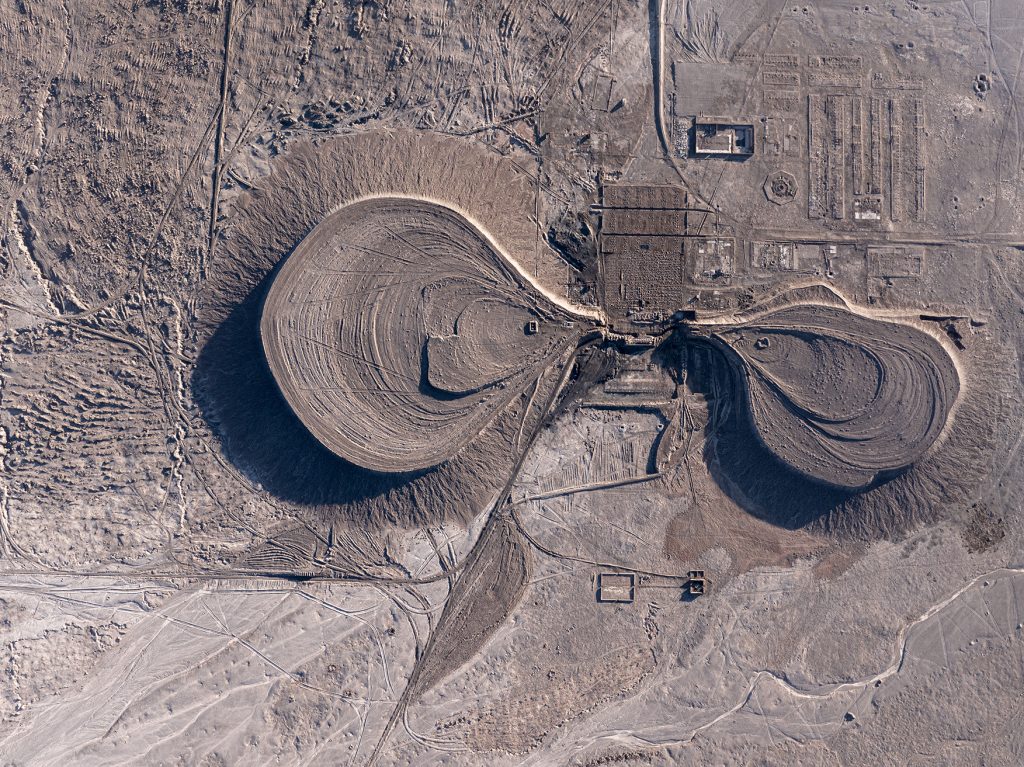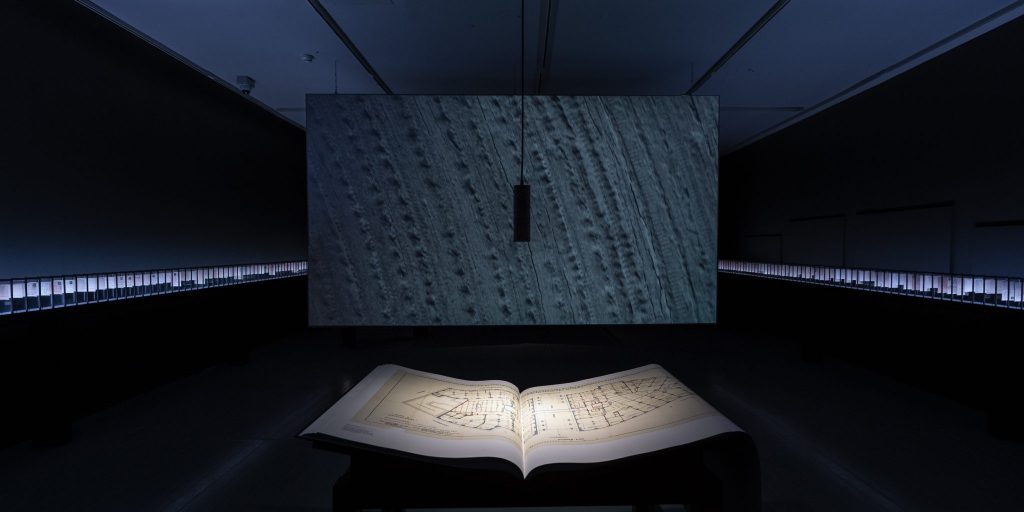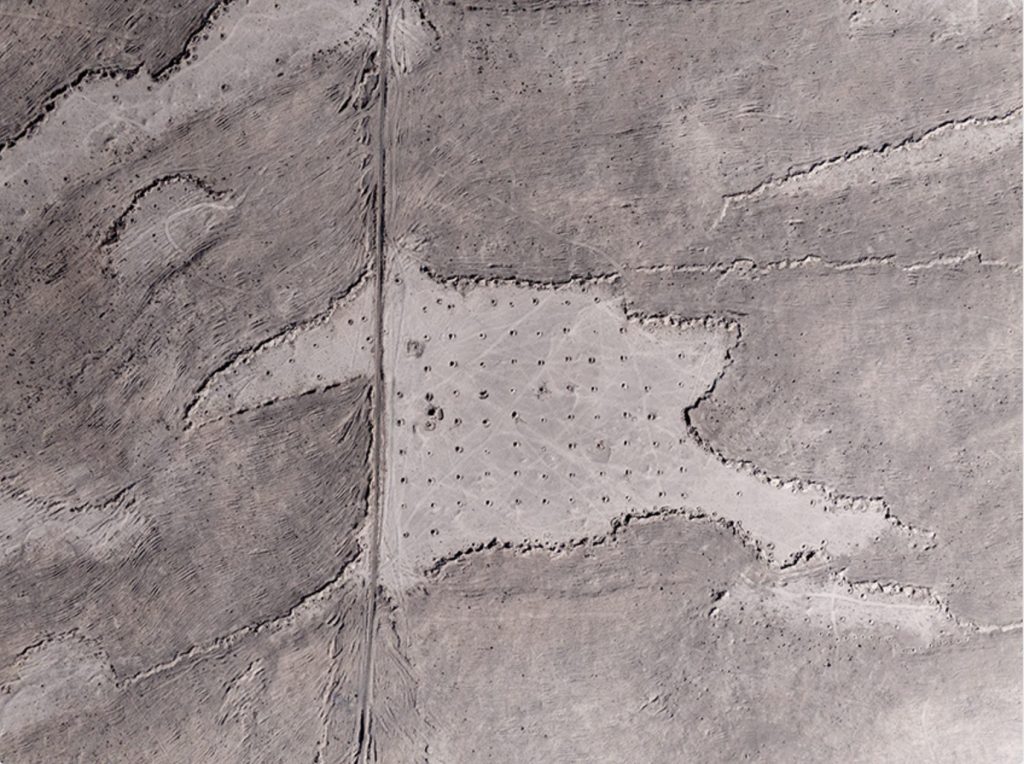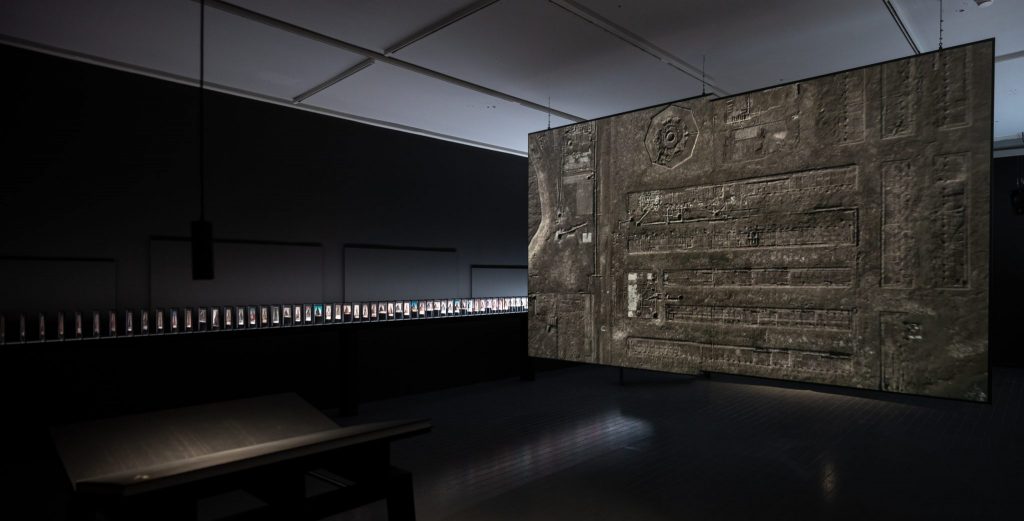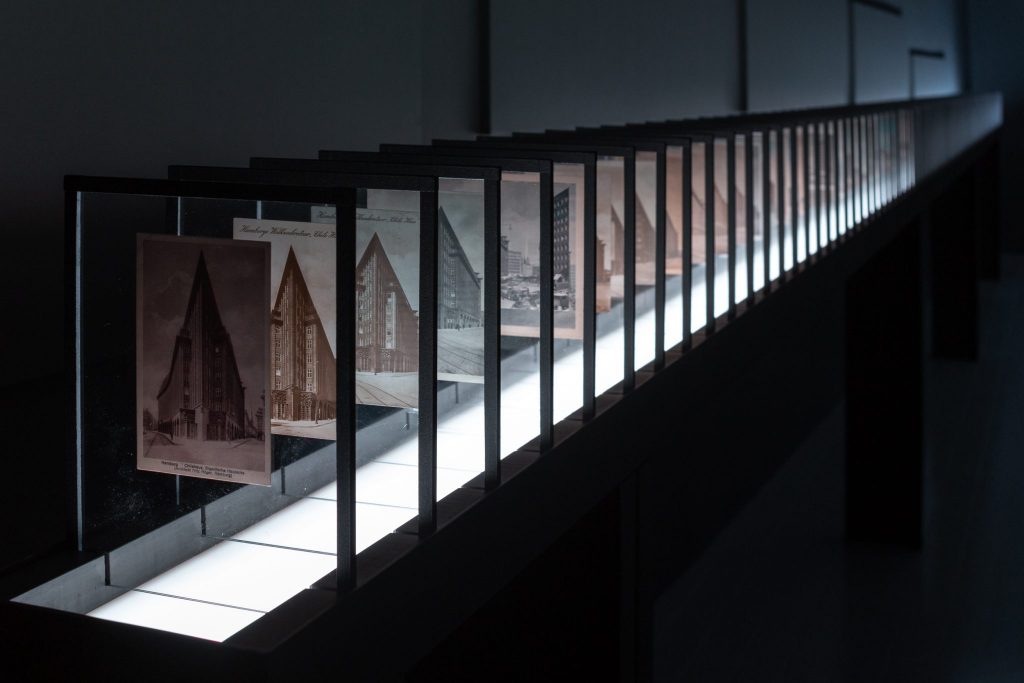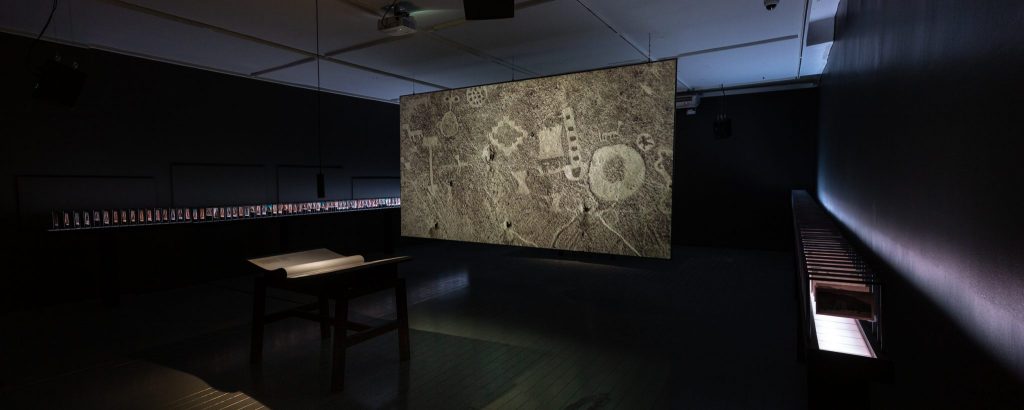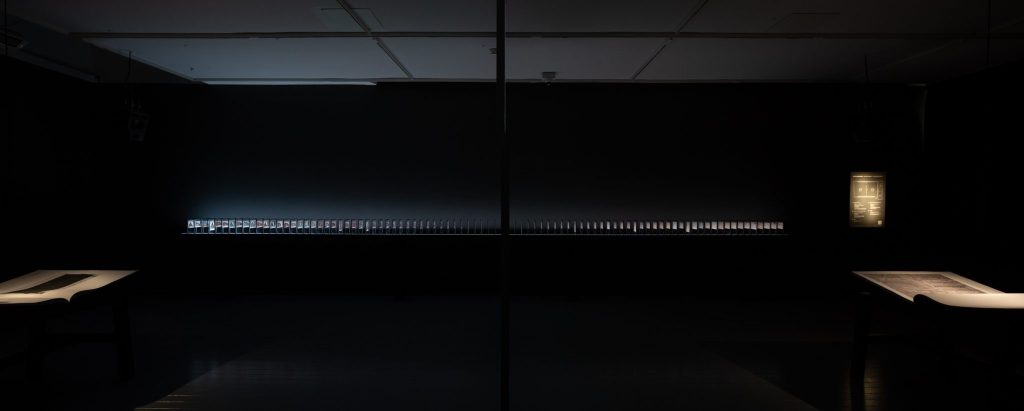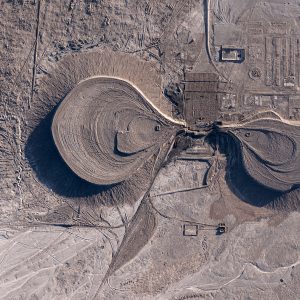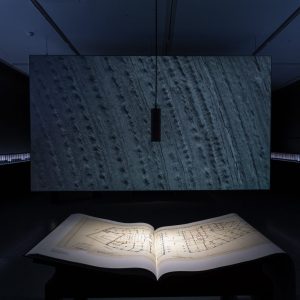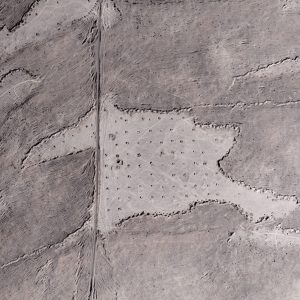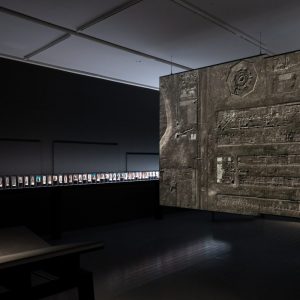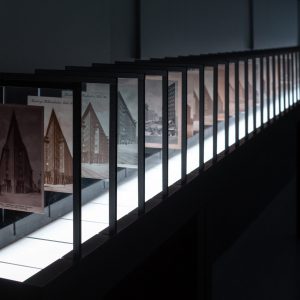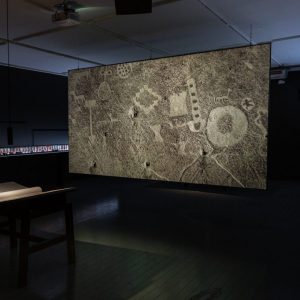Trabajo de Oficina. Atacama / Hamburgo
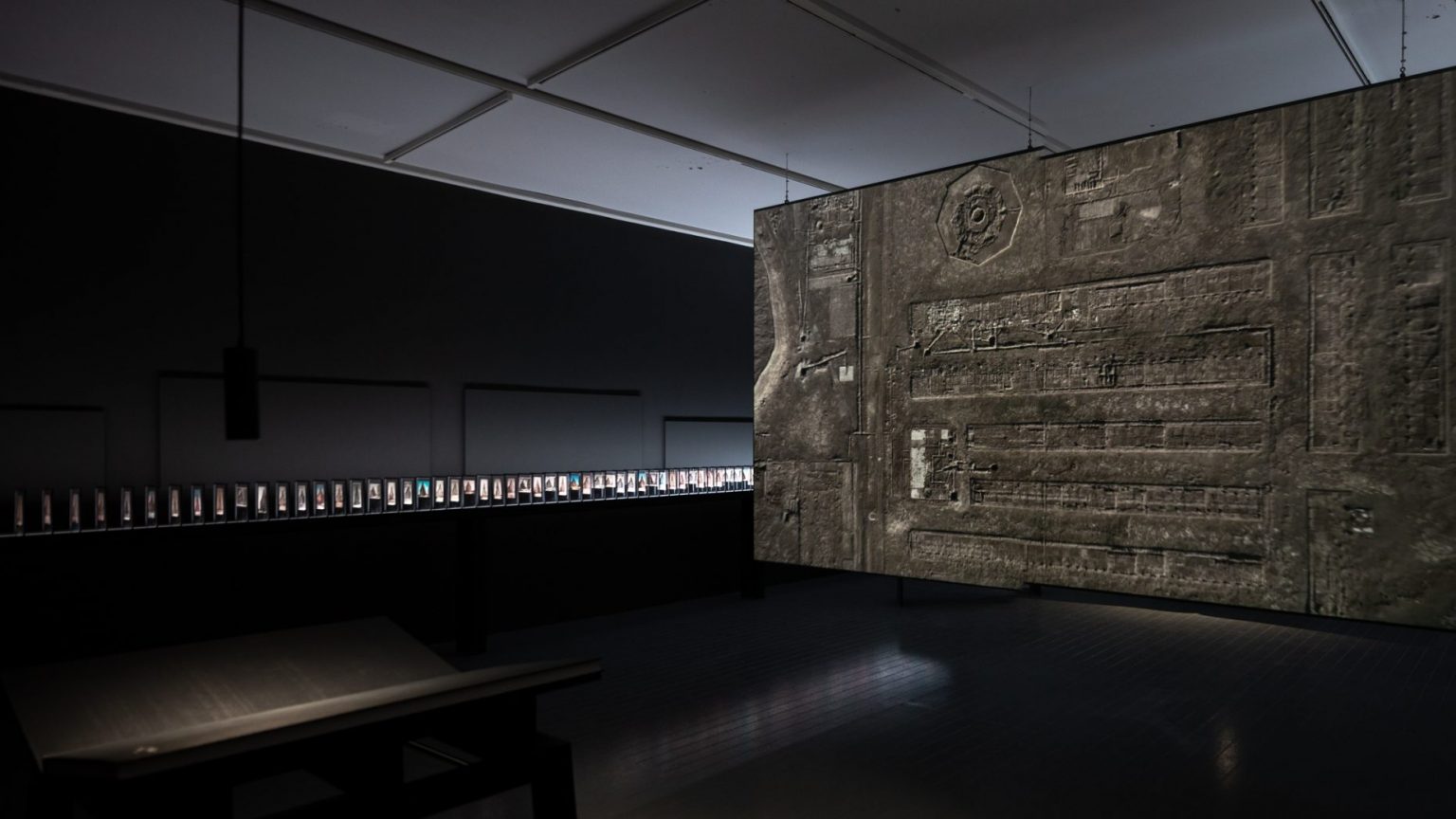
Chilehaus. Atacama / Hamburgo. Source: Photograph by Felipe Ugalde.
Trabajo de Oficina. Atacama / Hamburgo [Office Work. Atacama / Hamburg] is a research exhibition that is currently presented at Centro Cultural la Moneda (CCLM) in Santiago de Chile. The show will be on display September 27, 2024 to January 26, 2025.
Exhibiting a vast and previously unseen collection of archival material gathered between Germany and Chile, Atacama / Hamburgo examines the relationship between a monumental and emblematic building built in the city of Hamburg—the Chilehaus—and the nitrate industry established in the Atacama Desert in the early 20th century. The material, explored through various visual and sonic media, highlights the alchemical transformation of nitrates—extracted and processed by workers under precarious conditions—into symbolic and financial capital on the other side of the world.
The Atacama Desert cannot forget. Dry, salty, wrinkled, and silent, everything that ever touched its surface is condemned to eternal memory. Literally, the desert cannot forget. Being the driest place on the planet, pulverized dinosaur bones, fossilized bird excrement, stardust, atmospheric sediments, and the material echoes of long-extinct volcanic and marine life have accumulated on its surface for millions of years. When walking on its rugged crust, one steps on the surface of a millenary archive, a memory device as vast as it is precise, which, due to the lack of rain, has stored everything the rest of the world has decided to forget. The exploitation of this archive, this millenary memory device, is what has made this thing we call modernity possible.
Europe, as we know it, would not exist without the alchemical transformation of nitrates into food. It was the nitrates extracted from the salty ground, transformed into saltpeter, that fertilized European soils plagued by Malthusian anxiety. Later, from the same ground, copper enabled the total electrification of the planet, and now it is lithium that fuels our tech-assisted reified in phones and computers, allowing us to remember and communicate simultaneously. Paradoxically, it is the soil of the driest and most uninhabitable place on Earth that has nurtured modern life on this planet, both biologically and technologically. But the desert cannot forget, and its surface has stored with the same stubborn precision as if they were drawings, the traces of the human and ecological violence required to exploit that very ground.
The Chilehaus was commissioned and financed by Henry B. Sloman (1848–1931), one of the most prominent nitrate magnates who built five saltpeter mines (oficinas salitreras) in the Atacama Desert transforming the region’s geographical, social, and technological landscape. The construction of the Chilehaus was completed in 1924 when Sloman returned to Germany as the wealthiest person in Hamburg. The building was designed by expressionist architect Fritz Höger—who would later join the Nazi Party—and was immediately understood as a symbol of the resurgence of the German geist after World War I. Through brick structures like this one, patrons like Sloman and architects like Höger sought to counteract the effects of industrialization that led to the imminent alienation of German craftsmanship. Paradoxically, the drive to revive the old local artisanal tradition—an aspiration tied to the rising ideas of National Socialism—was only made possible through the systematic destruction of the artisanal traditions of thousands of white, mixed-race, and Indigenous workers who were subjected to a different labor regime in the desert, on the other side of the globe.
Without critically revising its history, the Chilehaus was listed as a UNESCO World Heritage in 2015. This exhibition, therefore, aims to reflect on the elements that constitute a monument and to challenge the processes of memory and heritage designation. At the same time, it offers a method for observing the local effects generated by the global dynamics of extractive, industrial, and financial capitalism, highlighting a historical episode yet with multiple contemporary reverberations.
Atacama / Hamburgo is the result of research conducted by the Laboratory of History and Theories of Architecture, Technology and Media at the École Polytechnique Fédérale de Lausanne (EPFL), directed by Alfredo Thiermann and integrated by Pedro Correa, Ella Neumaier, and Xavier Nueno.
The research was conducted in collaboration with historian Damir Galáz-Mandakovic and researcher Dominique Mashini with sound design by Pablo Thiermann.
Learn More
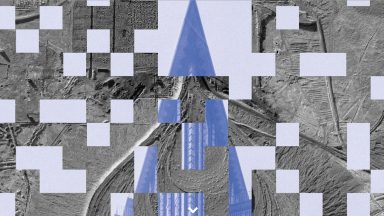
“Chilehaus Atacama/Hamburgo” at Centro Cultural La Moneda
HITAM exhibition in Santiago de Chile, 27.09.2024-26.01.2025
